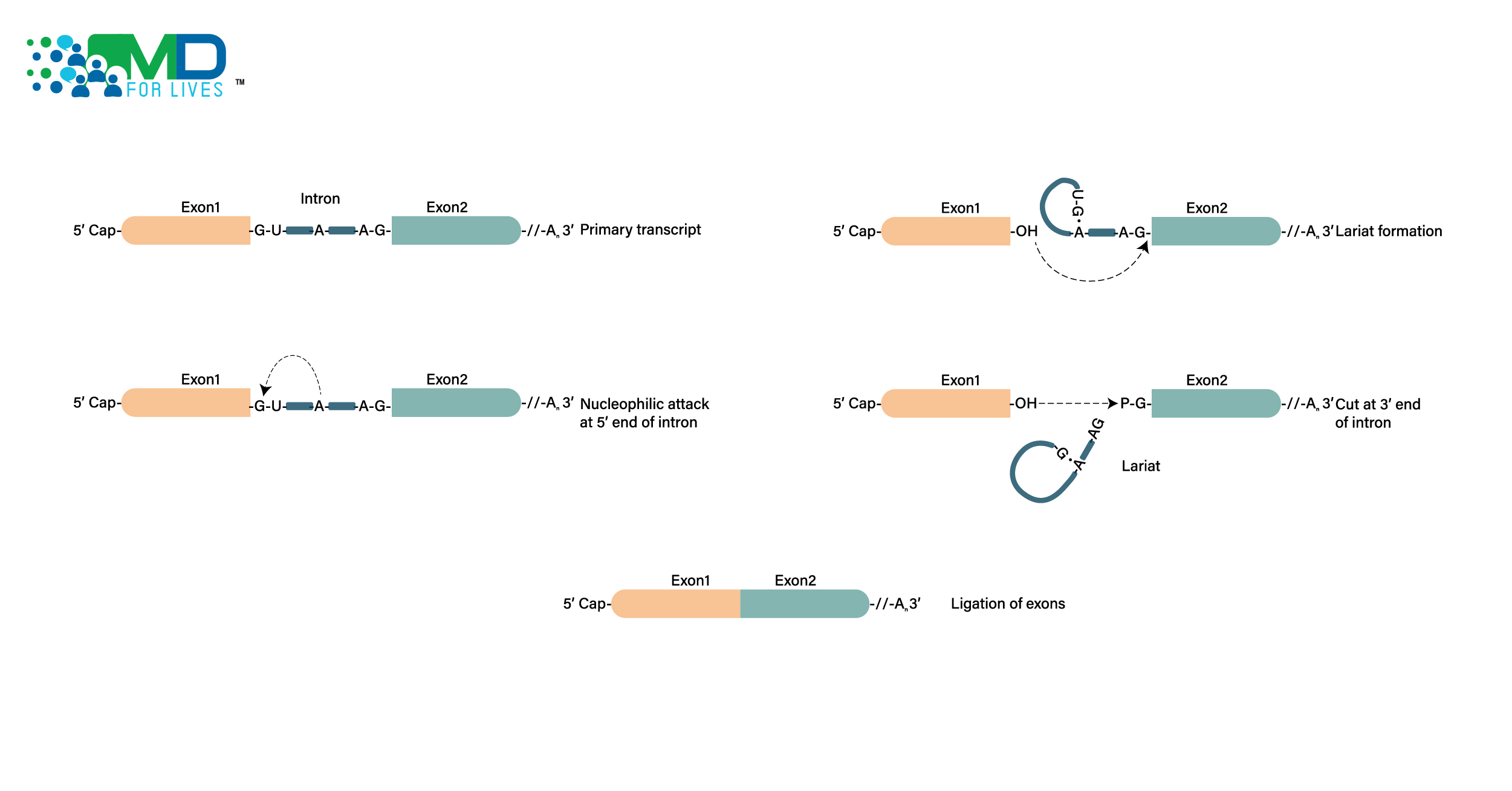COVID-19 is a severe acute respiratory syndrome that has blighted the world over the last year. The World Health Organization (WHO) declared the coronavirus disease to be a pandemic, although thanks to various innovative vaccines, there is light at the end of the tunnel, and the aftershock of COVID-19 will last long into the decade.
The outlook is particularly grim in patients suffering from cancers. Delay in the diagnosis, canceled surgery, rearranged chemotherapy, and radiotherapy regimes- all contributed to a lack of faith in the healthcare system and a worry that the bricks and mortar of cancer management are collapsing. Patients approach health care professionals demanding solutions, the fact that these interactions usually have to happen by sometimes unstable video-link only heightens this frustration.
In the UK, Covid has hit our clinics hard. In 2021, the OnCovid study, assessed over 3000 cancer patients throughout Europe, who had COVID-19. The case fatality rate was greater in UK patients (40.38% UK vs 26.5% rest of Europe) as was the risk of death at 6 months (47.64% vs 33.33%). The study found that the determinants underlying this increased mortality had to do with the higher frailty of patients with cancer in the UK. Reasons cited for this unfortunate statistic included, the UK being an area where many virus variants tended to transmit rapidly amongst an aging cancer population, the comorbidities, prognosis scores, tumor stage and status, and smoking/alcohol levels were all higher in proportion to others within Europe. Despite equal levels of COVID-19 severity, equal proportions of intensive care admission and equal use of mechanical ventilation, UK cancer patients were less likely to receive anti-COVID-19 therapies like corticosteroids, antivirals, or interleukin-6 antagonists. Another factor noted was that a percentage of UK patients were not benefitting from the vaccines, where a greater number of B-cell and hematological malignancies led to weaker immune systems and thus higher susceptibility to the virus. There are still a lot of data gaps that academic studies need to address, which will come over the course of time.
As a result of this worrying trend, the NHS, NICE (the UK health guidance body), multiple private clinics, and public/community hospitals came together to clearly outline guidelines and best practices to tackle COVID-19 in cancer care. Various protocols have been laid out, not only for patients with Covid but for those patients requiring procedures in Covid-infected hospitals. Patients have now been rapidly assessed and put on priority lists, where those who have lower risk diseases have been placed on ‘Watch and wait’, and the triaging of patients has become imperative. There have been huge obstacles, with patients missing life-saving procedures due to safety concerns and fast-tracked oral medications being pushed onto patients to maintain disease levels.
During this troubling time, ovarian cancer (OC) patients bore a vast percentage of the brunt.
OC is the 5th leading cause of cancer-related deaths among women in the world, and the most lethal gynecologic malignancy. Cancer Research UK (CRUK) stated that between 2015-2017 there have been 7443 new cases of OC every year, and 4182 deaths (2016-18), with a 35% 10-year survival rate, and only 11% preventable cases. Incidence of OC is highest in women aged 75-79 and is more common in White women than Asian or Black women.
Ovarian Cancer Pre-Covid
The policies to treat ovarian cancer were very effective and specific enough to allow legroom which was appreciated by oncologists throughout the world. The initial screening criteria pre-2019 can be seen below:
And the survival rates by tumor stage and type are outlined below:
As you can see in the table below, familial genetic syndromes are the strongest known risk factors, accounting for about 10-12% of OC. BRCA gene mutations are involved in about 10% of cases of OC, and hereditary nonpolyposis colorectal cancer (Lynch syndrome) is involved in 2-3% of cases.
Since only 10-12% of OC cases have a genetic basis, most women do not have a relevant family history. Known non-genetic risk factors for epithelial OC include increased age, postmenopausal hormone therapy (particularly for >5years), and obesity/weight gain, though diet, nonsteroidal anti-inflammatory drugs, perineal talc exposure, infertility drugs, and smoking are all possible factors.
At diagnosis, around 60% of women have metastatic diseases, because the early-stage disease is usually asymptomatic. Back pain, fatigue, abdominal pain/bloating, constipation, or urinary symptoms for three months or more before diagnosis are the most common symptoms.
Lab testing can be seen below:
Treatment of OC can be seen below
Following this, the surveillance recommendations below were advised:
By 2019, the physicians in Europe and the US agreed to follow the following evaluation pathway:
And the following treatment pathway is recommended:
Whilst the following pathway was recommended when the OC relapse, the interesting factor here is the introduction of new PARP inhibitors for BRCA1/2 mutations, which I will elaborate in part 2:
Please join me on SEPTEMBER 2ND, where I will discuss part 2 of this article –
Ovarian Cancer: The New Normal
This will be delivered via webinar on the MDforLives platform.
Please check MDforLives Twitter or their website for details.
In the next part, I will detail:
- The impact of COVID-19 on the pathways mentioned in part 1;
- How the coronavirus actually assisted and encouraged physicians to fast-track novel inhibitors of poly (ADP-ribose) polymerase (PARP), hormonal therapies, and targeted agents, as oral alternatives to intravenous therapies?
- What will the new normal look like in the next few years, as we pile away the debris of this watershed moment in healthcare?






